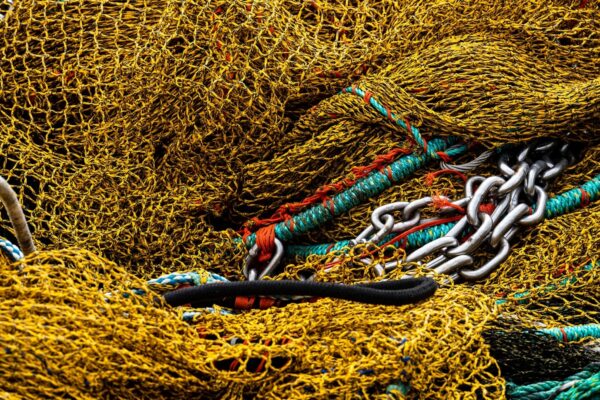A new study has revealed how much carbon bottom trawling releases into the atmosphere.
Much of the damage done by dragging across the bottom of the sea to catch fish has been known for many years. However, new research shows that it is also an unaccounted source of carbon emissions that is “too big to ignore”. The study was published in the journal Frontiers in Marine Science.
Over the study period, 1996-2020, researchers estimated the total carbon dioxide released from trawling to the atmosphere to be 8.5 to 9.2bn tonnes. The scientists described trawling as “marine deforestation” that causes “irreparable harm” to the climate, society and wildlife.
The research draws on a 2021 study published in Nature that calculated that trawling stirs up and releases about 1 gigaton, or 1 billion metric tons, of carbon each year — nearly equivalent to the annual emissions from the global aviation industry. The new study recalculates the amount of released carbon by adjusting the models from the Nature paper. Then it quantifies how much of this carbon escapes from the sea into the atmosphere, adding to the mass amounts of human-produced carbon dioxide already there that are causing global warming.
Photo: David Clode
“Our study is the very first to show that over half the carbon released by bottom trawling eventually escapes into the atmosphere as carbon dioxide over the span of about 10 years, contributing to global warming,” said Dr Trisha Atwood, a marine ecologist from Utah State University and National Geographic Pristine Seas.
The researchers found that carbon emissions from bottom trawling, which can produce large sediment plumes that are visible from space, were particularly high for some parts of the world, including the East China, Baltic, North, and Greenland seas.
Where has the highest emissions from bottom trawling?
Researchers suggest that trawling activity, and the ensuing release of carbon, may be elevated in Southeast Asia, the Bay of Bengal, the Arabian Sea, parts of Europe, and the Gulf of Mexico, although there are insufficient data on trawling activity for these parts of the world to be sure.
This lack of data could be because many vessels don’t use satellite tracking systems, despite many national and international laws requiring them to do so. According to another study published earlier this month, 75% of industrial fishing activity isn’t tracked on public systems. This suggests the Frontiers paper’s calculations may be on the conservative side.
Not all scientists agree
Not all researchers are convinced by the numbers. “I’m very sceptical about their estimates,” says Jan Geert Hiddink at Bangor University.
Professor Hiddink previously contended that seabed trawling’s impact on the climate may be wildly overestimated. A previous paper also published in Nature, refutes the findings of the paper by Sala et al, 2021 on the amount of CO2 released from the seabed by bottom trawling.
Questioning whether the estimates in the paper were realistic, Hiddink et al., reviewed 49 other studies on the measured CO2 differences before and after trawling, and the findings were varied, with 60% of the papers finding no significant effect, 29% finding lower organic carbon and 10% finding more.
“Too big to ignore”
Dr Enric Sala, one of the authors in the new study in Frontiers and the explorer-in-residence and executive director of Pristine Seas, said the amount of carbon released by trawling into the air, is “too big to ignore” and urged countries to include the emissions in their climate action plans. In September 2022 more than 200 scientists, led by Enric Sala, signed a statement calling for the prohibition of bottom trawling, and other industrial activities, in the EU’s Marine Protected Areas (MPAs).
This story was compiled from EuroNews, Mongabay, Guardian and New Scientist. The full paper can be read in the journal Frontiers in Marine Science here.
